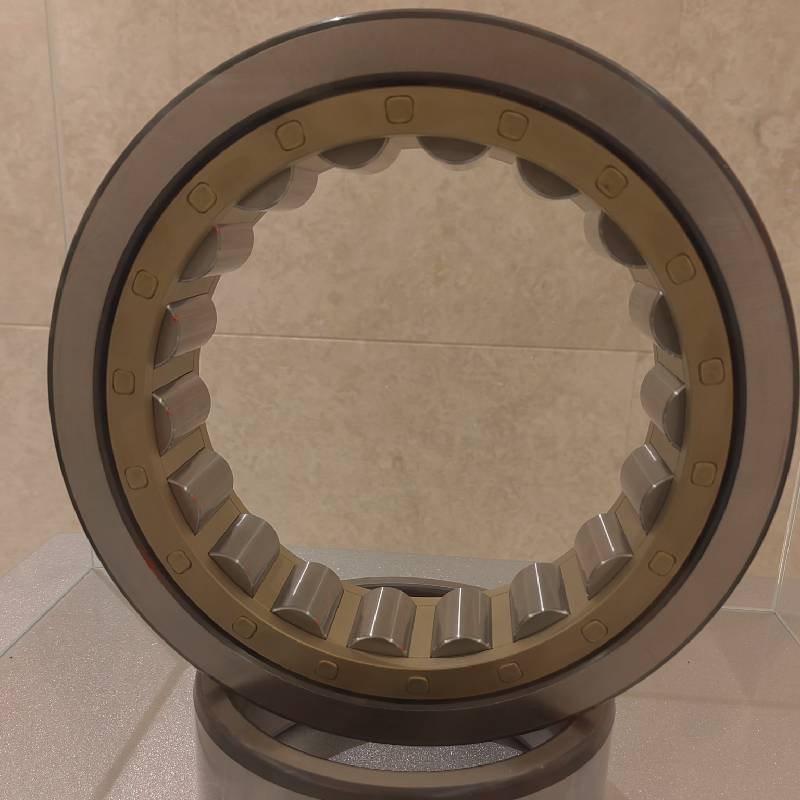
Nov . 14, 2024 23:34 Back to list
angular contact ball bearings catalog
Understanding Angular Contact Ball Bearings An In-Depth Look at the Catalog
Angular contact ball bearings are a vital component in various machinery and equipment, providing crucial support and stability under radial and axial loads. These specialized bearings are designed to accommodate significant thrust forces while maintaining high speeds, making them ideal for applications in automotive, aerospace, and industrial machinery. In this article, we will explore the characteristics, types, and applications of angular contact ball bearings, drawing insights from the angular contact ball bearings catalog.
What Are Angular Contact Ball Bearings?
Angular contact ball bearings consist of inner and outer rings, with a set of balls in between. The design allows these bearings to handle loads at an angle, which is why they are termed angular contact. This unique feature enables them to work effectively under various load conditions, accommodating both radial (perpendicular to the shaft) and axial (parallel to the shaft) loads.
The angle of contact is a critical factor in determining the bearing's ability to handle axial loads. Bearings with a smaller contact angle (15°–30°) are typically better for handling higher speeds and radial loads, while those with larger contact angles (40° or more) are more suited for heavy axial loads.
Key Features and Benefits
1. Load Capacity Angular contact ball bearings are engineered to handle a combination of radial and axial loads. The arrangement of the balls allows for greater contact with the raceway, increasing the overall load-carrying capacity of the bearing.
2. Precision Many angular contact bearings are manufactured to high tolerances, providing enhanced accuracy and reliability in applications requiring precision.
3. Speed Capability These bearings can operate at high speeds due to their design, making them advantageous in applications like electric motors and machine tools.
4. Versatility The catalog typically includes various configurations—single row, double row, and even four-point contact bearings—allowing engineers to choose the most suitable option for their specific application.
5. Durability The materials and surface treatments used in angular contact ball bearings enhance their durability, reducing the need for frequent maintenance and replacement.
Different Types of Angular Contact Ball Bearings
From the angular contact ball bearings catalog, you will find a variety of types tailored for specific needs
angular contact ball bearings catalog

1. Single Row Angular Contact Ball Bearings Best for applications where there is a predominantly axial load. They are used extensively in spindles, gears, and pumps.
2. Double Row Angular Contact Ball Bearings These bearings can accommodate radial and axial loads in both directions, making them suitable for heavy-duty applications, like industrial gearboxes.
3. Four-Point Contact Ball Bearings Designed to handle loads at four points, these bearings can manage axial loads in opposite directions, often used in applications like slewing rings and turntables.
Applications of Angular Contact Ball Bearings
The versatility of angular contact ball bearings means they find application across various industries
1. Aerospace Used in jet engines and landing gear, where high speeds and reliability are crucial.
2. Automotive Present in gearboxes, axles, and wheel hubs, helping to ensure smooth operation and long lifespan.
3. Industrial Machinery Essential in CNC machines and robots, where precision and load capacity are critical.
4. Renewable Energy Used in wind turbine gearboxes to sustain loads efficiently and withstand dynamic forces.
Conclusion
Angular contact ball bearings play a pivotal role in enhancing the performance and longevity of machinery across multiple sectors. The extensive range of options available in an angular contact ball bearings catalog allows engineers and designers to select the most suitable bearings for their requirements, ensuring optimal performance. By understanding the characteristics and applications of these bearings, one can make informed decisions that lead to improved efficiency, reliability, and productivity in various engineering tasks.
Whether you are involved in designing new machinery or maintaining existing equipment, having a firm grasp of angular contact ball bearings will undoubtedly contribute to your success in achieving operational excellence.
Latest news
-
Grooved Ball Bearing Design and Functionality
NewsJun.04,2025
-
Concrete Mixer Bearing Load Capacity Testing
NewsJun.04,2025
-
6004 Bearing Dimensions in Robotic Joint Designs
NewsJun.04,2025
-
Advantages of Single-Row Deep Groove Ball Bearings
NewsJun.04,2025
-
Applications of Deep Groove Ball Bearings in Automotive Systems
NewsJun.04,2025
-
Innovations in Bearing Pressing Machine Design
NewsJun.04,2025
